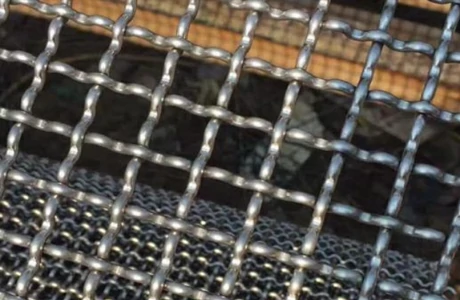galvanized welded wire
The Versatility and Applications of Galvanized Welded Wire
Galvanized welded wire, a construction material that combines durability with versatility, has become increasingly popular in a variety of applications. This type of wire mesh is made by welding together steel wires that have been coated with a layer of zinc to protect against corrosion. The process of galvanization not only enhances the lifespan of the wire but also adds to its overall strength and resistance to environmental factors. In this article, we will explore the properties, methods of production, and various applications of galvanized welded wire.
Properties of Galvanized Welded Wire
One of the most significant advantages of galvanized welded wire is its resistance to rust and corrosion. The zinc coating acts as a barrier, preventing moisture from reaching the steel beneath. This property makes the wire particularly suitable for outdoor applications, where exposure to the elements can quickly deteriorate unprotected materials. Furthermore, galvanized welded wire is known for its high tensile strength, meaning it can withstand considerable stress without breaking. This makes it ideal for structural applications, where strength and stability are paramount.
Another notable feature of galvanized welded wire is its flexibility in design. The mesh can be produced in various sizes, wire diameters, and lattice patterns, making it adaptable to numerous uses. Its uniform spacing allows for both aesthetic appeal and practicality, which is why architects and builders often choose this material for diverse projects.
Production Methods
The production of galvanized welded wire begins with high-quality steel wire, which is cut to specific lengths and then cleaned to remove any impurities. Next, the wires are arranged in a grid and welded at the intersections, creating a sturdy mesh. After the welding process, the entire assembly is coated with zinc through either hot-dip galvanization or electro-galvanization, depending on the desired level of protection and finish. Hot-dip galvanization involves immersing the welded wire in molten zinc, resulting in a thicker coating, while electro-galvanization applies a thinner layer using an electrochemical process. Each method has its own benefits, and the choice between them often depends on the intended use of the wire.
galvanized welded wire

Applications of Galvanized Welded Wire
Galvanized welded wire finds a myriad of applications across different industries. In agriculture, it is commonly used for fencing to enclose livestock and protect crops from wildlife. The strength and durability of the wire ensure that it can withstand the pressure exerted by animals, making it a reliable choice for farmers.
In construction, galvanized welded wire is employed in concrete reinforcement, where it provides necessary support to structures, preventing cracks and enhancing load-bearing capacity. Additionally, it is used in the fabrication of wire mesh panels for walls, ceilings, and other architectural features, offering both functional and decorative benefits.
Moreover, galvanized welded wire is increasingly popular in the manufacturing of various products, including storage cages, baskets, and display units. Its corrosion resistance makes it ideal for use in warehouses and commercial settings, where it is often exposed to moisture and heavy use. The wire can also be found in residential applications, such as garden fencing and trellises, allowing homeowners to create secure and attractive outdoor spaces.
Conclusion
In summary, galvanized welded wire stands out as a versatile and durable material with applications spanning agriculture, construction, manufacturing, and beyond. Its resistance to corrosion, combined with its high strength, makes it an ideal choice for a multitude of projects. As industries continue to innovate and prioritize sustainability, the demand for galvanized welded wire is likely to grow, cementing its role as a vital component in modern construction and design. Whether in urban settings or rural landscapes, this resilient wire continues to prove itself as an essential building material for a wide range of applications.
-
Space-Saving Chain Fence Hacks Vertical Gardening with Cyclone MeshNewsJul.16,2025
-
Innovations in Iron Nail Wire Production for Modern ConstructionNewsJul.16,2025
-
Creative Uses of Wire Netting Fence in Modern Landscape DesignNewsJul.16,2025
-
Barbed Wire Fence Innovations in Anti-Climb TechnologyNewsJul.16,2025
-
Architectural Uses of Umbrella Nails for Aesthetic Roof DesignsNewsJul.16,2025
-
Architectural Uses of Razor Barbed Wire in Secure Urban DesignNewsJul.16,2025




